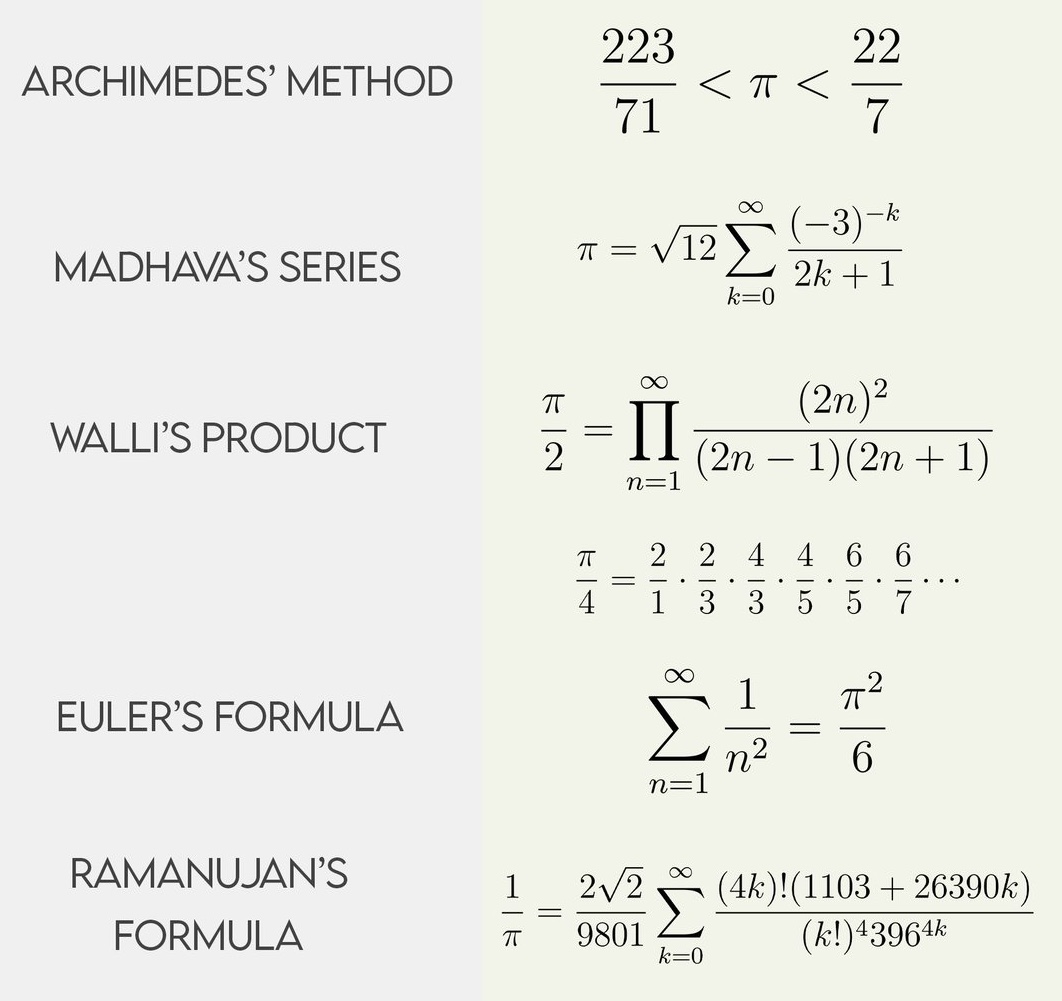The mathematical relation of a circle's diameter (straight line) to its circumference (curved line) is usually taken to be 3.14159... This value however is an irrational number and contains an error which is simple to see when one realizes a whole diameter exists within a whole circumference. The true value of PI as given by Keely/Parker is 20612 : 6561 which must remain an integer ratio of two whole numbers and NEVER REDUCED to a decimal equivalent, which is where the error comes in. These numbers ought to be regarded as parts of a whole relative to each other. A straight line is not the same thing as a curved line so to divide one into the other is inconsistent. See George Hull's book which goes into the Parker solution in great detail: Quadrature of the Circle
Various Values for PI
PI: 20612 : 6561 = 3.1415942692... (Keely/Parker)
PI: 256 : 81 :: 28 : 34 = 3.1604938272... (History of PI)
PI: 22 : 7 = 3.1428571429... (ancient)
PI: = 3.141594.... (standard)
Space agencies only uses 15 digits of ? for calculating interplanetary travel. At 40 digits, you could calculate the circumference of a circle the size of the visible universe with an accuracy that'd fall off by less than the diameter of a single hydrogen atom... obviously. [anon]

See Also
Algebraic Values of Trigonometric Functions
PHI
Proportion
Propositions Demonstrating the Relative Properties of Straight and Curved Lines
Quadrature of the Circle
Quadrature of the Circle
Ratio
Reciprocating Proportionality
12.00 - Reciprocating Proportionality
12.21 - Fibonacci Whole Numbers v Irrational Decimal near Equivalents
13.15 - Principle of Proportion
